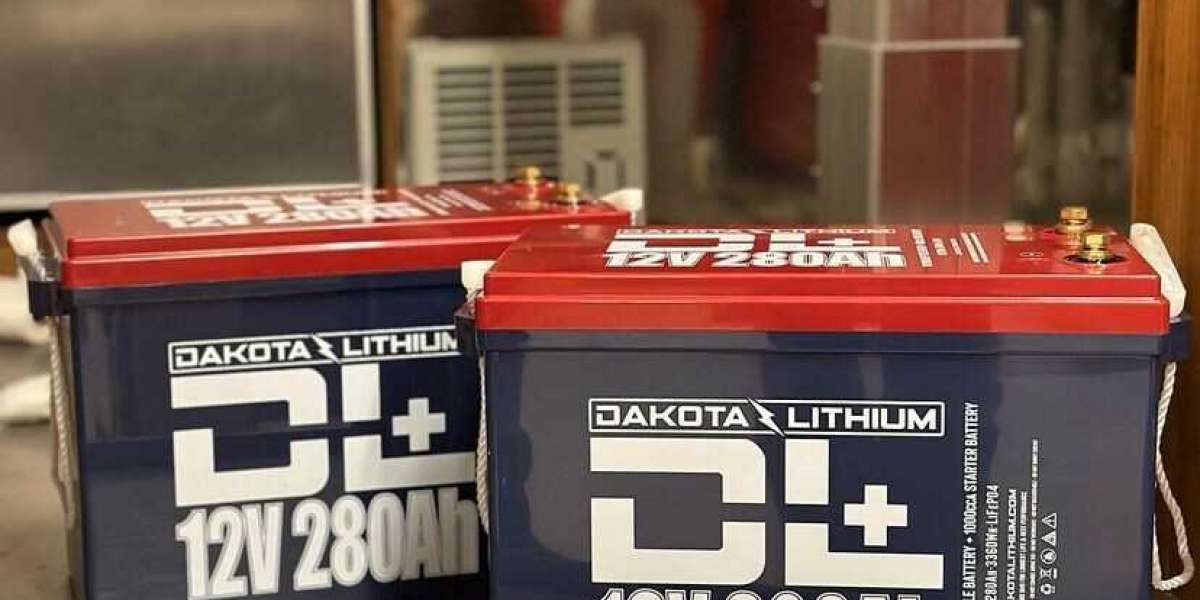The allure of lithium marine batteries is undeniable. Their phenomenal power, extended lifespan, and lightweight design have revolutionized the boating experience. But like any high-performance technology, lithium marine batteries aren't immune to environmental factors. One of the most crucial considerations, especially for boaters navigating diverse climates, is temperature. So, the question arises: does temperature significantly impact the performance or lifespan of lithium marine batteries?
The answer is a resounding yes. Temperature plays a critical role in both the immediate performance and long-term health of your lithium battery bank. Understanding how temperature affects these batteries is crucial for optimizing their performance and ensuring their longevity.
The Impact of High Temperatures
Tropical sun, scorching summer days, and engine heat – these are all enemies of your lithium marine battery. High temperatures accelerate the chemical reactions within the battery, leading to several detrimental effects:
Reduced Capacity: As the mercury rises, your battery's available capacity takes a hit. You might notice a decrease in runtime or a drop in starting power. This is because the high temperatures hinder the flow of ions within the battery, limiting its ability to deliver full power.
Increased Self-Discharge: High temperatures also crank up the rate of self-discharge. In this natural process, batteries lose charge over time. This means your battery will drain faster even when not in use, leaving you with less power when you need it most.
Degradation and Shortened Lifespan: The relentless heat accelerates the degradation of the battery's internal components, including the electrodes and electrolytes. This leads to a shortened lifespan and, ultimately, premature battery failure.
The Bite of the Cold
While high temperatures are the more significant threat, cold weather can also pose challenges for lithium marine batteries. As the temperature dips:
Reduced Efficiency: The chemical reactions within the marine starting battery slow down, leading to a decrease in its efficiency. You might notice a drop in voltage or a sluggish performance, especially when demanding high power output.
Increased Internal Resistance: The cold weather increases the internal resistance of the battery, making it harder for the ions to flow. This further reduces its capacity and performance.
Charge Acceptance Issues: At freezing temperatures, lithium batteries may struggle to accept a full charge, leaving you with a partially charged battery and limited power.
Mitigating the Temperature Effects
Knowing the impact of temperature doesn't mean you have to surrender to its whims. Here are some strategies to protect your lithium marine batteries from the heat and cold:
Choosing the Right Battery: Opt for lithium batteries specifically designed for marine applications. These batteries often have built-in temperature management systems and are formulated to handle a more comprehensive temperature range.
Temperature Monitoring: Invest in a battery monitoring system that tracks the temperature of your battery bank. This allows you to stay informed and take corrective action if the temperature rises or falls outside the safe range.
Shade and Insulation: Keep your batteries out of direct sunlight and insulate them from engine heat and other sources of extreme temperatures. Consider battery boxes or ventilated enclosures to maintain a stable temperature environment.
Charging Practices: Avoid charging your batteries at high temperatures. Ideally, charge them in an excellent, well-ventilated space. Additionally, avoid deep discharges, especially in cold weather, as this can stress the battery and shorten its lifespan.
Winterization: If you live in a cold climate and plan to store your boat for the winter, take the batteries out and store them in a cool, dry place. Charge them to around 50% before storing them, and check on them periodically to ensure they don't completely discharge.
Dakota Lithium Batteries: Built for the Elements
At Dakota Lithium Batteries, we understand the challenges boaters face with extreme temperatures. That's why we design and manufacture our batteries with the harshest marine environments in mind. Our batteries are:
Built with High-Quality Materials: We use only the best lithium-ion cells and components, ensuring optimal performance and longevity even in extreme temperatures.
Temperature-Controlled: Our batteries feature integrated temperature management systems that monitor and regulate the battery temperature, preventing overheating and degradation.
Wide Operating Temperature Range: Dakota Lithium batteries are designed to operate in a broader temperature range than most other brands, offering peace of mind in any climate.
Investing in Your Power
Lithium marine batteries represent a significant investment. By understanding and mitigating the impact of temperature, you can maximize their performance, extend their lifespan, and ensure your boating adventures are powered by reliable, long-lasting energy. Remember, a little knowledge and proactive care go a long way in keeping your lithium battery bank healthy and happy, regardless of the season.














